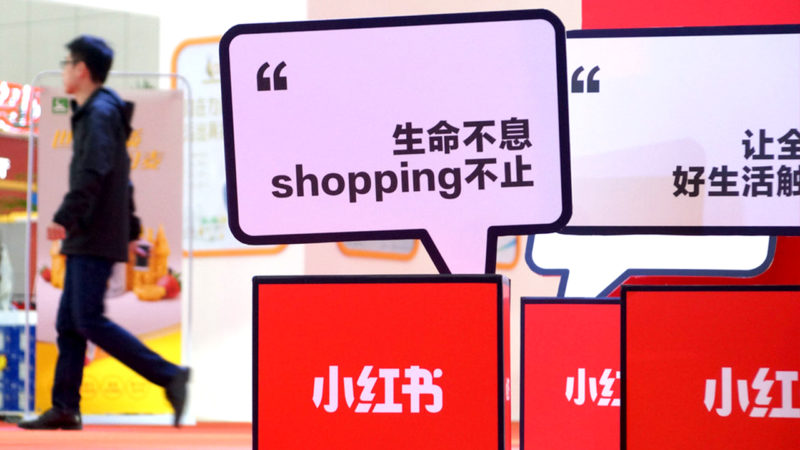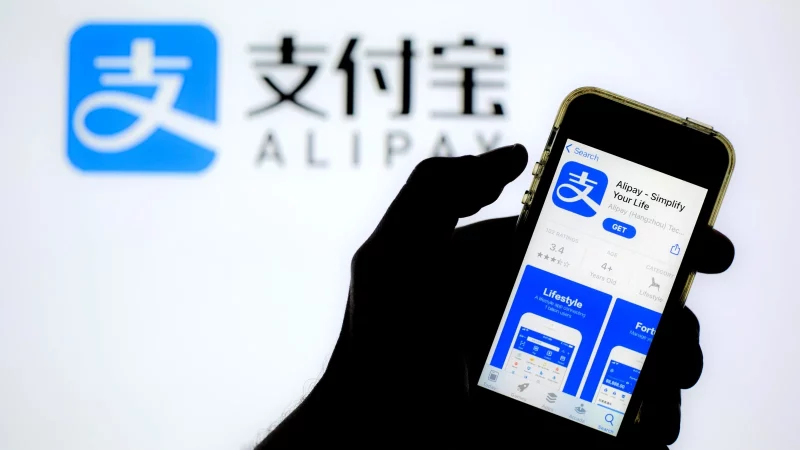The Swedish fast-fashion giant H&M has made its debut on fourth China’s International Import Expo, appearing to have walked out the haze of the consumer backlash over its earlier statement of alleged use of forced labour in cotton production in Xinjiang.
The annual event, which runs for six days this year, is held at Shanghai’s National Exhibition and Convention Centre and concludes on 10 November. Over 3,000 exhibitors from across 127 countries and regions have signed up, including leading global luxury brands, such as Estee Lauder and L’Oreal, with newcomer Burberry joining this year.
Under the theme of “Pioneering Innovation in Fashion”, H&M has leveraged green business practice, showcasing breakthroughs in sustainable high-tech fabrics in a 600-square-metre pavilion.
Analysis has indicated that this engagement is an attempt by H&M in order to make a comeback to the lucrative Chinese market, as hinted by the company soon after the Chinese boycott.
Following the Xinjiang cotton row, H&M published its statement on China, “China is a very important market to us and our long-term commitment to the country remains strong”. It then added that the company is now building “forward-looking” strategies, with the retailer vowing to “regain the trust and confidence” of its customers in China.
The first appearance of this controversial brand on one of the significant events for international businesses is believed to help break the cloud of the company’s scandals around several fines by Chinese authorities, including twice for “false advertisement” and five times for selling products that do not meet the country’s quality standard.
The public outrage sparked by its comments on Xinjiang, coupled with concerns arising from frequent fines, mean it could be rather unlikely for H&M to fix consumer confidence through just the attendance on this Expo.
On top of innovating products, the brand also needs to consider how to re-engage with its Chinese consumers, who have been showing a growing nationalism in their purchasing decision. Whether or not H&M’s new strategies could touch upon that sentiment might be its key to re-entering China’s fast-fashion market.
Read more:









